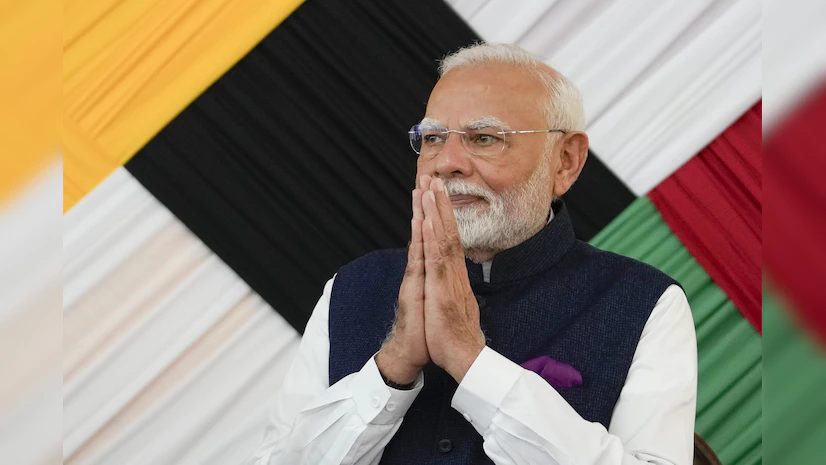
On a rather sultry day, while I was grappling with back-to-back official meetings, Haunting Himalayas — a collection of short stories by Rajni Sekhri Sibal, a former career bureaucrat and a poetess — arrived on my desk. Dreadfully searching for a distraction more than a reprieve, I took a quick look and chanced upon these lines from the author’s note: “There is a fuzzy realm that separates the here and the now from what is ethereal…” Maybe it was because of how I was feeling then, or perhaps because there was a realm of insight in the “Author’s Note”, but even though writing is often idiosyncratic and subjective, it seemed as though the words spoke to me. Me alone.
Haunting Himalayas is fantasy and fiction rolled into one. Flipping through the pages of this book is like breathing in a lungful of pine and deodar-scented Himalayan air. Just like the Himalayan air, the author’s writing style is fresh and crisp. The book is a collection of eight short stories. Every story has an element of veracity behind it. The author, however, has taken the creative license to let her imagination run wild and sprinkle a dash of fiction on the narrative.
Truth be told, the mysterious occurrences in these stories are true incidences that people have experienced firsthand. Even the most indiscernible reader might find it difficult to rubbish these freak instances in the hills as mere fiction. True, these stories may baffle the average reader, but every plot promises to fascinate, enchant and bewilder. Take, for instance, the opening story, which is titled, “Ishmiley Mem Saab”. Trekkers have spotted the ‘lady in white’ near the River Bhagirathi at Harsil in the Garhwal mountains and also near River Parvati in the Parvati Valley beyond Manikaran. That’s not all. The last story, “Headless Soldier”, is based on an actual sighting by a lady back in the late 1930s and the instance has been narrated to the author by the lady’s daughter-in-law. The story titled “Mulberry House Magnet” is also based on a true episode that happened with a Parsi family.
Usually, short story collections are disconnected in time and space. Their characters are unrelated and the plots often change tracks between myriad themes. However, the common thread that shines through this book is the backdrop of the mystic Himalayas, which lends the volume a sense of gravity. Each story takes the reader through the varied landscapes of the Himalayas — be it in Mussoorie,
Chamba, Shimla, Lahaul-Spiti or Nainital. The author, like an ace story-teller, does complete justice as she un- ravels the mysteries hidden deep inside the folds of these glorious mountain ranges. It is reminiscent of the pleasures of long solitary walks in the hills and brings out the author’s unsophisticated yet deep love for the natural world — mountains, rivers and the seasons. Rajni Sekhri Sibal understands the Himalayas like no one else. Although she hails from the heart of Punjab, she’s spent a great deal of her life in the hills: first, as a student at the Welham Girls’ School and later, as an IAS probationer at the academy in Mussoorie. In fact, in the short story “Tinkling Anklets”, the author makes a passing reference to her alma mater.
Haunting Himalayas might not sparkle with the brilliance of a thriller, but it is an open invitation for the reader into the supernatural and transcendental world of the hills, as the author lets the reader into her imaginative and creative mind. Delving into the pages of Rajni Sekhri’s book is like sipping unspiced, clear, hot chicken broth at the end of an extremely rough day at work — it does not excite your taste buds but soothes them — and you are grateful for that.















